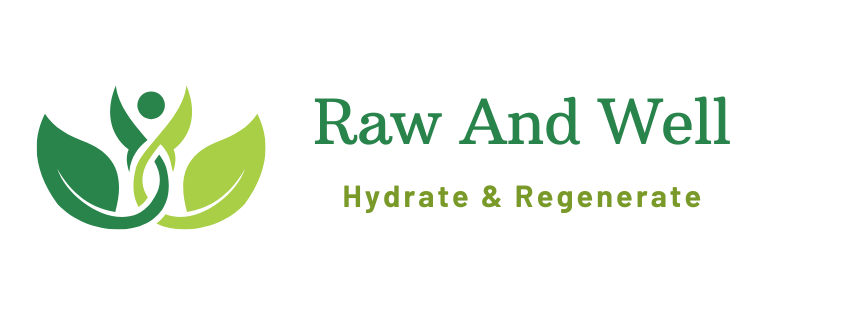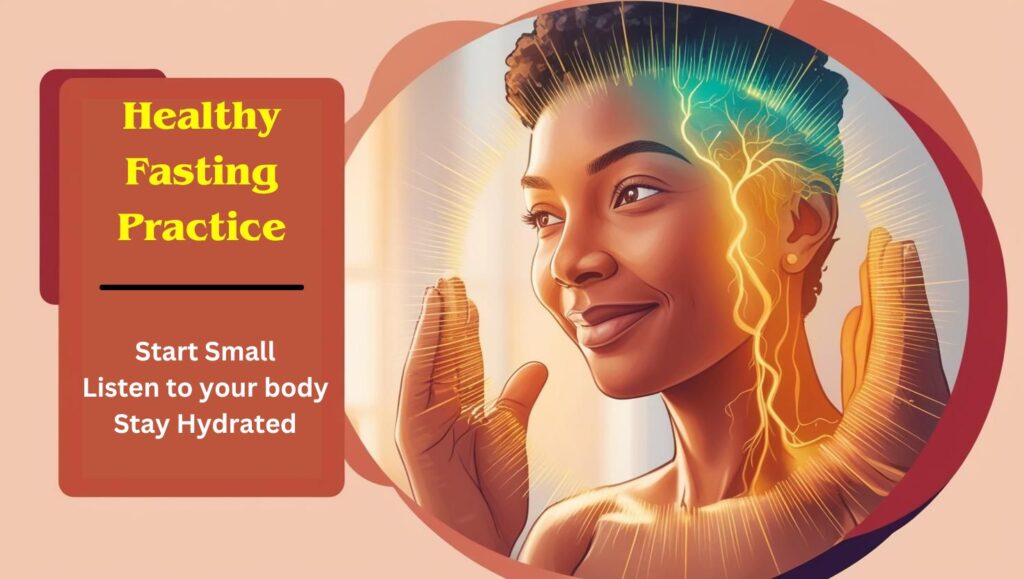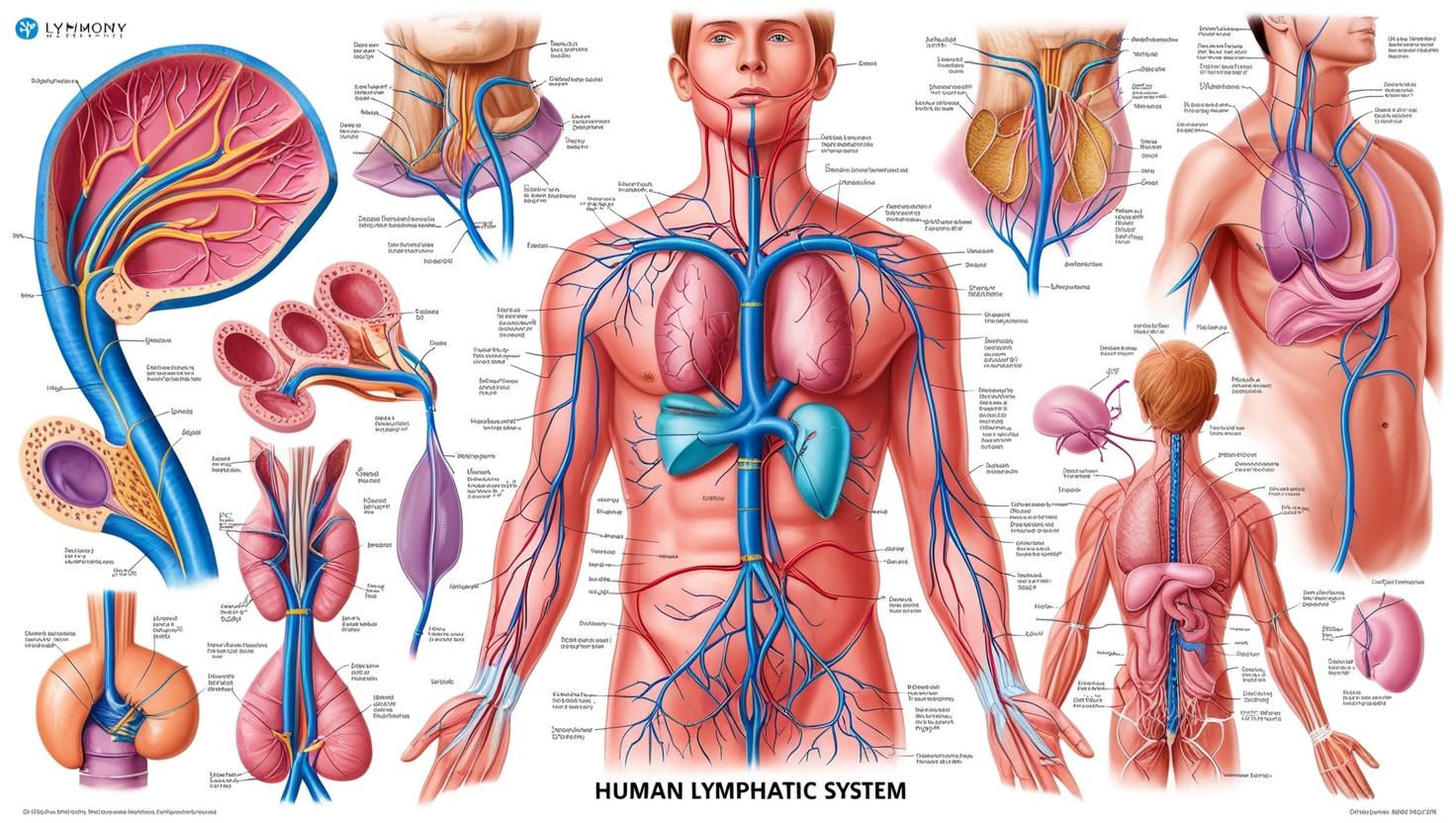Fasting is becoming a buzzword in the world of health and wellness. From celebrities to health professionals, everyone is talking about the benefits of fasting. But what exactly are these benefits, and how can you safely incorporate fasting into your lifestyle using principles from Dr. Morse’s “The Detox Miracle”? This comprehensive guide will explore the different facets of fasting, address common misconceptions, and offer insights into safely beginning your fasting journey. If you’re a health enthusiast, holistic wellness seeker, or detox enthusiast, read on!
Introduction to Fasting and Its Health Benefits
Fasting is not a new concept. It’s been practiced for centuries for spiritual, religious, and health reasons. But why is fasting gaining so much attention today? Recent studies and anecdotal evidence suggest that fasting can offer numerous health benefits. It can aid in weight loss, improve metabolism, and even contribute to longevity. For many, fasting is a key component of a holistic approach to wellness.
The benefits of fasting aren’t just physical; they also extend to mental health. Fasting can lead to clearer thinking, better focus, and heightened awareness. People often report feeling more centered and calm. The process encourages mindfulness as you become more in tune with your body’s needs and responses.
However, it’s essential to approach fasting safely and knowledgeably. Like any health practice, it requires understanding and preparation to ensure that you reap the benefits without negative side effects.
Understanding the Basics of Fasting Types and Methods
Fasting comes in various forms, each offering different benefits and challenges. Let’s explore some of the most popular types of fasting to understand what might suit your lifestyle and goals best.
Intermittent Fasting: This method involves cycling between periods of eating and fasting. It’s popular for its flexibility and ease of integration into daily life. Common patterns include the 16/8 method, where you fast for 16 hours and eat during an 8-hour window, and the 5:2 method, which involves eating normally for five days and reducing calorie intake on two non-consecutive days.
Water Fasting: In water fasting, you consume only water for a set period. It’s more intense and usually done for shorter periods, such as 24 to 72 hours. Water fasting requires careful planning and should be approached with caution, especially for beginners.
Juice Fasting: This type of fasting allows for the consumption of fresh fruit and vegetable juices. It’s often used as a detox method, providing nutrients while giving the digestive system a break. Juice fasting can be a gentle introduction to fasting for those who find going without food daunting.
The Role of Detoxification in Holistic Wellness
Detoxification is a crucial aspect of holistic wellness. It involves the removal of toxins from the body, which can build up due to poor diet, environmental factors, and stress. Fasting plays a pivotal role in detoxification by allowing the body to focus energy on cleansing rather than digesting.
During a fast, the body naturally begins to detoxify itself as it shifts into a state of ketosis, burning stored fat for energy. This process helps eliminate toxins stored in fat cells. The liver and kidneys work efficiently to cleanse the blood, while the digestive system gets a much-needed rest.
Detoxification through fasting not only benefits physical health but also enhances mental clarity and emotional well-being. Many people experience a sense of renewal and invigoration, contributing to a balanced and harmonious state of health.
Principles from Dr. Morse’s ‘The Detox Miracle’ and Their Application in Fasting
Dr. Robert Morse’s “The Detox Miracle” provides insightful principles for detoxification and fasting. His approach emphasizes the importance of fruit and herbs in cleansing the body and supporting the lymphatic system.
One of the core principles from Dr. Morse’s teachings is the power of raw foods, particularly fruits, to detoxify the body. Fruits are high in water content, aiding in hydration and the transportation of nutrients and toxins. Incorporating them into a fasting protocol can enhance detoxification and overall vitality.
Dr. Morse also highlights the significance of herbal support during fasting. Herbs can assist in targeting specific organs and systems for detoxification, providing a more tailored and effective cleanse.
How to Safely Incorporate Fasting into Your Lifestyle
When considering fasting, safety should be your top priority. Here are some steps to ensure a safe and beneficial fasting experience:
Start Small: If you’re new to fasting, begin with shorter fasting periods and gradually increase the duration as your body adjusts. Intermittent fasting is a great starting point.
Listen to Your Body: Pay attention to how your body responds to fasting. If you feel dizzy, fatigued, or unwell, it may be necessary to modify your fasting approach. Fasting should enhance your well-being, not compromise it.
Stay Hydrated: During fasting, it’s crucial to maintain proper hydration. Drink plenty of water, and consider herbal teas to support detoxification and satiety.
Common Misconceptions and FAQs about Fasting
Fasting is surrounded by myths and misconceptions that can deter people from trying it. Let’s debunk some common myths and address frequently asked questions to clarify any doubts.
Myth 1: Fasting Leads to Muscle Loss. While extended fasting periods can potentially lead to muscle loss, incorporating protein during eating windows (in intermittent fasting) can help maintain muscle mass.
Question 1: Is Fasting Safe for Everyone? Fasting may not be suitable for everyone, particularly those with specific medical conditions. Always consult a healthcare professional before starting a fasting regimen.
Myth 2: Fasting Slows Down Metabolism. In fact, short-term fasting can boost metabolism by releasing norepinephrine, a hormone that helps burn fat.
Success Stories and Testimonials from Fasting Practitioners
Many individuals have experienced life-changing benefits through fasting. Here are a few inspiring success stories from those who have embraced fasting as part of their wellness routine.
Jessica’s Story: Jessica struggled with digestive issues for years. After incorporating intermittent fasting and detox principles from Dr. Morse, she noticed a significant improvement in her digestion and energy levels.
Mark’s Journey: Mark used water fasting as a way to restart his health after a period of poor lifestyle choices. He lost weight, improved his mental clarity, and developed a healthier relationship with food.
Sarah’s Experience: Sarah found that periodic juice fasting helped her maintain a clear complexion and improved her overall mood. She enjoys the sense of renewal she feels after each fast.
Conclusion Encouragement for Starting or Continuing a Fasting Journey
Fasting is a powerful tool for enhancing health and well-being. Whether you’re looking to detoxify your body, improve your energy levels, or simply reset your relationship with food, fasting can be a transformative experience. Remember to approach fasting with patience and mindfulness, allowing your body and mind to adapt to the changes.
Call to Action Resources for Further Reading or Professional Guidance on Fasting
If you’re ready to explore the world of fasting further, consider seeking guidance from professionals who specialize in holistic health and wellness. Books like Dr. Morse’s “The Detox Miracle” offer valuable insights into safe and effective fasting practices. Additionally, consulting with a nutritionist or holistic practitioner can provide personalized advice tailored to your needs.
Fasting can be a rewarding and enlightening experience, leading to improved health and a deeper understanding of your body’s needs. Take the first step today and discover the potential benefits of fasting for yourself!












